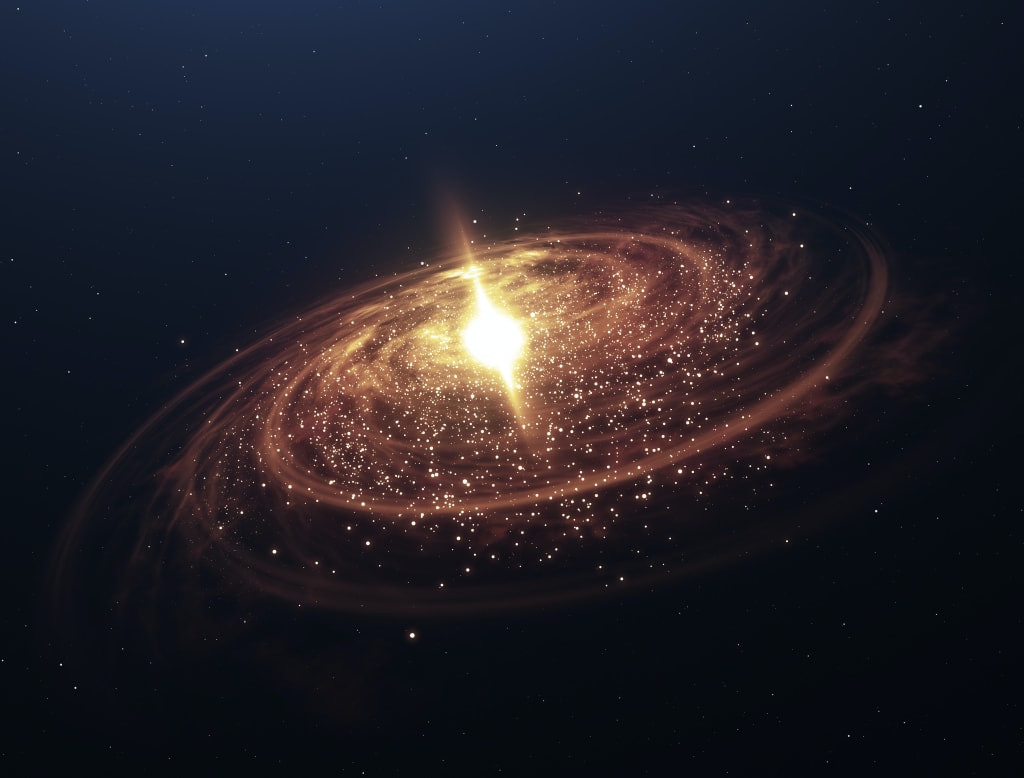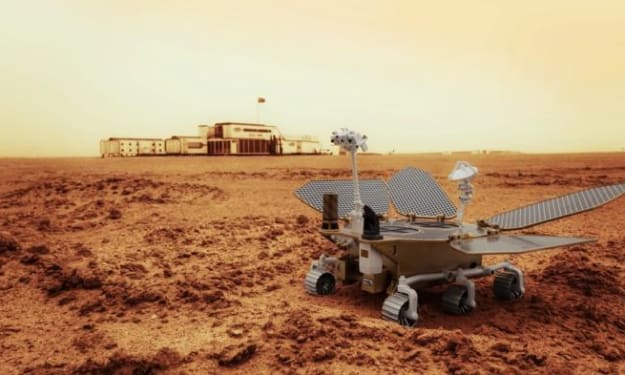Astrophysicists use 3 months to simulate the birth of stars
Physicists simulate the birth of stars in 3 months

Astrophysicists have developed the first high-resolution 3D model of gas clouds coalescing to form stars, and it's amazing. Running the simulation on one of the fastest supercomputers in the world could take three months.
The "Interstellar Crucible" model (which stands for "Star Formation in a Gaseous Environment") enables users to fly through a colorful cloud of gas as the gas gathers into surrounding stars. The researchers hope that this visually stunning simulation will help them explore the many unsolved mysteries of star formation, such as: Why is the process so slow and inefficient? What factors determine the mass of a star? Why do stars tend to cluster together?
The computational framework is capable of simulating gas clouds that are a hundred times larger than before, and enables scientists to understand the formation, evolution and dynamics of stars while accounting for factors such as jets, radiation, winds, and even supernovae (the explosions of nearby stars). modeling.
"Star formation is largely a central issue in astrophysics," said senior author Claude Andre Faucher Giguerre, an astrophysicist at Northwestern University, in a statement. The range of physical processes is a very challenging question. This new simulation will help us directly address fundamental questions that we were not able to explicitly answer before."
Stars can take tens of millions of years to form, growing from turbulent billows of dust and gas to mildly luminous protostars before forming stars like our sun from massive spheres powered by fusion. When studying the night sky, astrophysicists can glimpse brief snapshots of stellar evolution, but they need to use precise simulations to see and study the entire process.
"When we observe star formation in any given region, all we see are star formation sites that freeze in time," Northwestern postdoctoral researcher Michael Grudich said in the statement. "Stars also form in dust clouds. , so they are mostly hidden."
The model is so large that it can take three months to run a simulation on one of the world's largest supercomputers at the Advanced Computing Center in Texas. It's this sheer size and computational complexity that makes the new model's predictions more accurate, the researchers say.
"People have been simulating star formation for decades, but the Interstellar Forge is a technological leap forward," Grudic said. "Other models can only simulate tiny clouds that form stars, not whole clouds at high resolution. ...without seeing the big picture, we missed a lot of factors that could have affected the stellar results."
The simulation starts with a cloud of gas (up to several million times more massive than our sun) floating in space. The gas cloud evolves over time. It revolves around itself, forming larger structures, which then break apart again. As a result of this creative destruction, the small remaining air pockets are attracted by gravity and become hotter and hotter due to constant friction, eventually becoming stars. The climax of star birth is when two huge jets of gas at high speed shoot outward from its poles, piercing the surrounding clouds.
Astrophysicists use simulations to understand the role these jets of gas play in determining the mass of stars. When they ran their simulations without considering the jet, they got stars that were much larger than usual -- about 10 times the mass of the Sun. Adding the jets back in would produce a star of a more realistic size, about half the mass of the Sun.
"The jets interfere with the inflow of gas to the star. They essentially blow away gas that might end up in the star and increase its mass. One suspected that this might be happening, but by simulating the whole system, we have a good understanding of it," Grudic said. A solid understanding of how it works.”
By giving them a better understanding of star formation, the researchers also believe their simulations could provide crucial insights into how galaxies spread across the universe and how heavy elements such as carbon and nitrogen constitute complex life key components.
"If we can understand the formation of stars, then we can understand the formation of galaxies," Grudic said. "By understanding the formation of galaxies, we can learn more about what the universe is made of. Understanding where we came from and where in the universe we came from." The position in the star ultimately depends on understanding the origin of the star."
About the Creator
Vicky
The world is so wonderful, let's get to know the world together!
Enjoyed the story? Support the Creator.
Subscribe for free to receive all their stories in your feed. You could also pledge your support or give them a one-off tip, letting them know you appreciate their work.






Comments
There are no comments for this story
Be the first to respond and start the conversation.